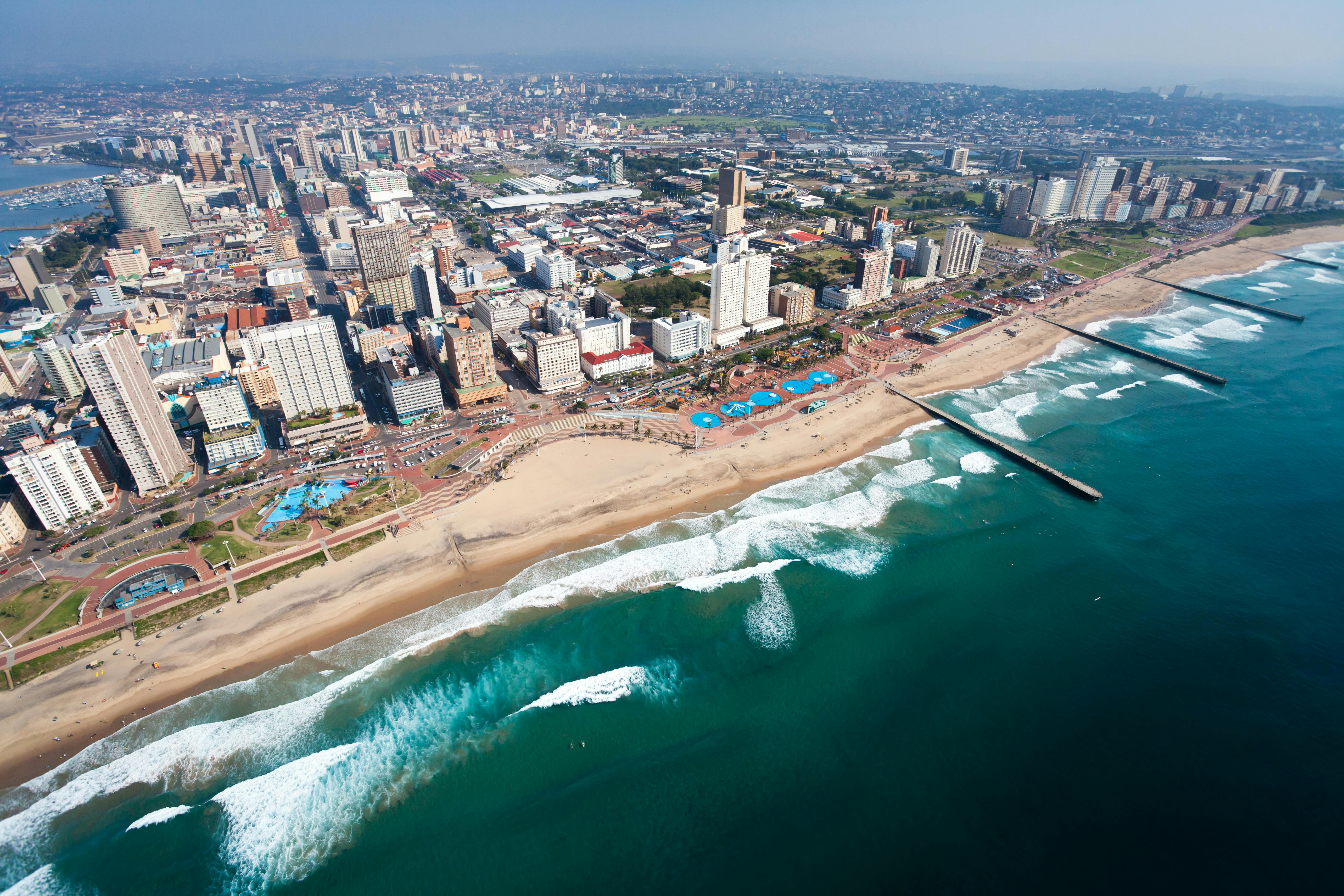Our Insider’s Guide: South Africa’s Durban
Durban, South Africa’s subtropical Indian Ocean port and resort city, is eccentric. Unexpected and curious. And weirdly wondrous. It’s a city that can thwack the senses with its sounds and smells and its art and music. Drop a seed and it likely will grow and one day, a sudden sighting of a spectacular flowering shrub or tree will stop you in your tracks.
From the culinary to the cultural, Durban is likely to pique your senses and your interests.
It’s a lifestyle city
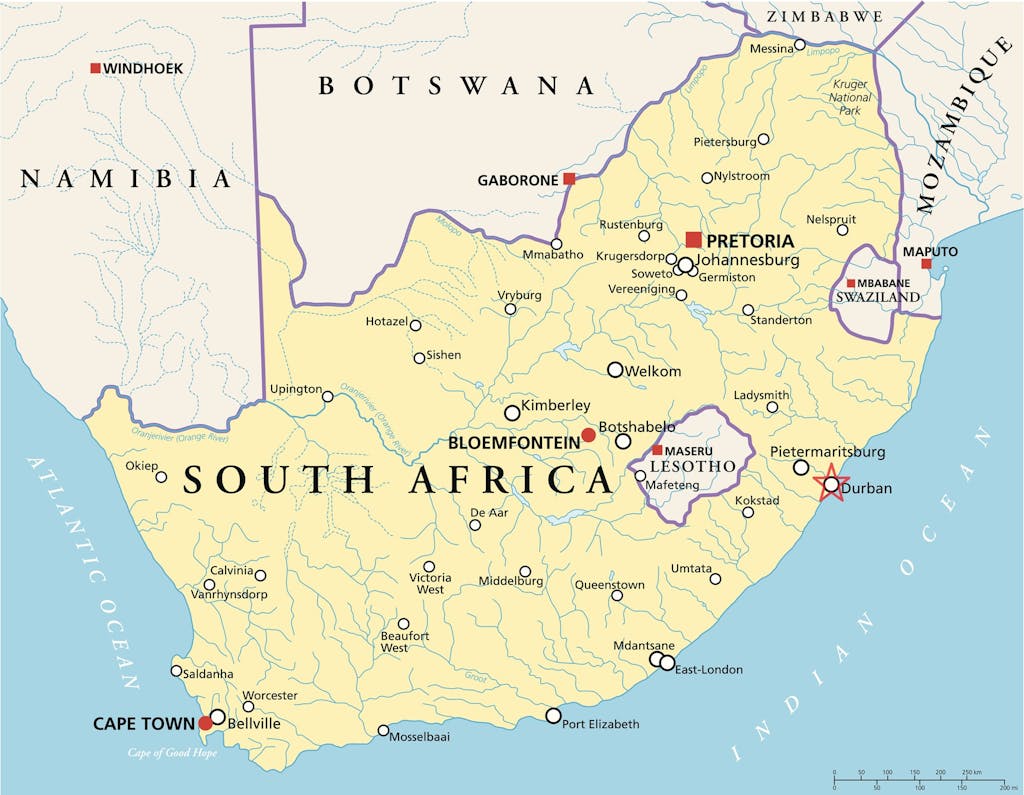
I was born in Durbs-by-the-sea, as it is known to those of us who grew up on the beaches and have worn flip-flops more than any other footwear. I went to college here: the University of KwaZulu-Natal, easy to spot from many parts of the city given its lofty ridge location and imposing Art Deco-influenced Memorial Tower Building, built to commemorate students who died in World War
You’ll find many a Durbanite happy to share this aspect of the city’s Art Deco architectural heritage, including the award-winning Berea Court with its geometric shapes and cake-icing colors and other blocks built Deco-style.
I’ve also worked in the newsrooms of many newspapers here, although I spent 20-plus years in the California Bay Area. I returned to Durbs a couple of years before the pandemic. I live the city every day, write about it regularly and can unequivocally say it is my favorite South African city.
I think of it as a “lifestyle city.” By this I mean that things worth doing and worth seeing are accessible.
Getting to know Durbs
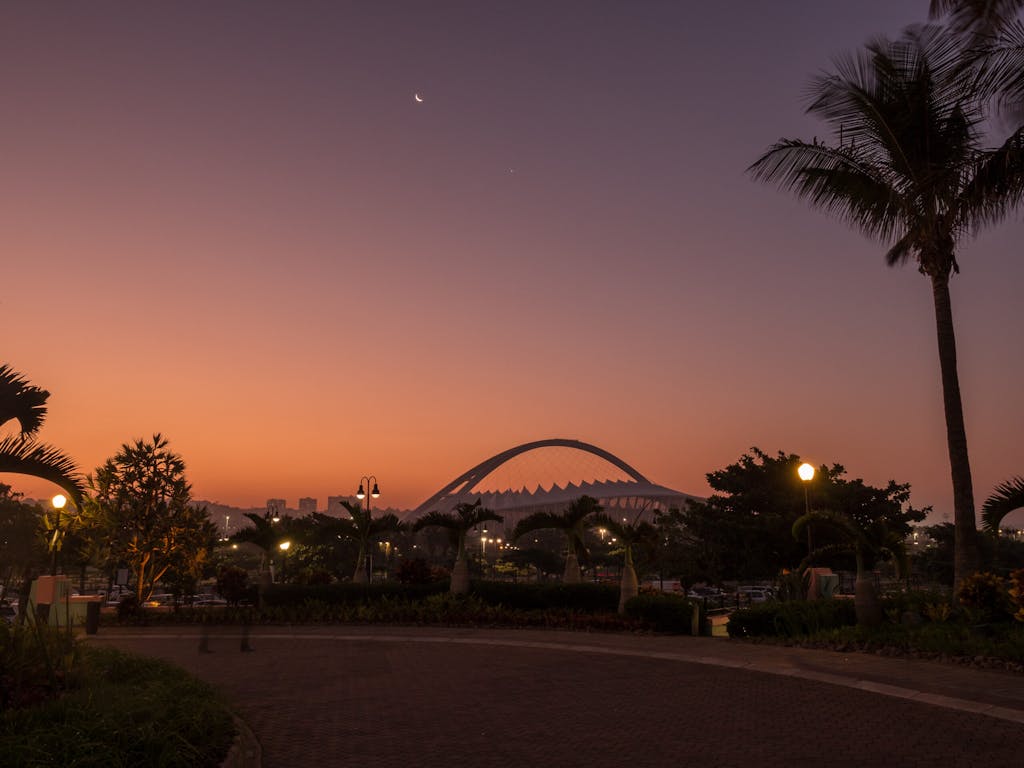
The first thing I suggest to visitors: Ride the open-top double-decker Ricksha Bus as a kind of initiation. It’s Durban’s version of the hop-on hop-off bus, except once you climb aboard, you stay aboard, which means you get an elevated overview of a broad swath of the city.
That includes hip-and-happening Florida Road, the well-monitored restaurant and nightlife hub, and the Moses Mabhida Stadium built for the 2010 FIFA (Fédération Internationale de Football Association) World Cup, whose architect’s brief was to create “an iconic, innovative and sustainable landmark.”
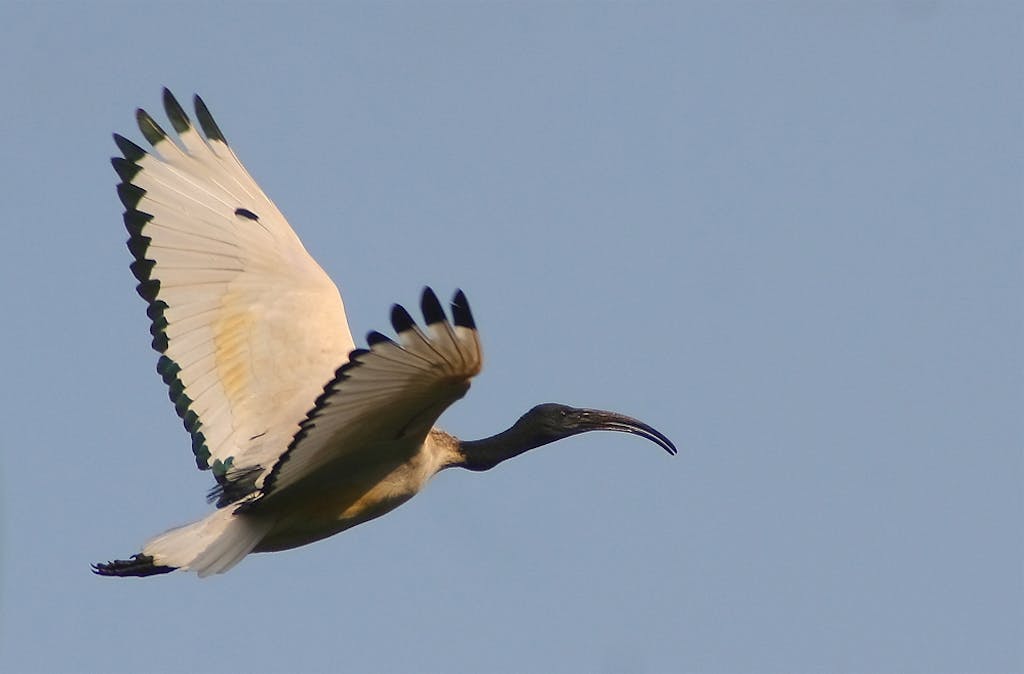
The surging downtown confirms you’re in the beating heart of a true African city. Africa’s oldest surviving botanic gardens is a combination of indigenous and exotic and boasts noteworthy orchid and cycad collections.
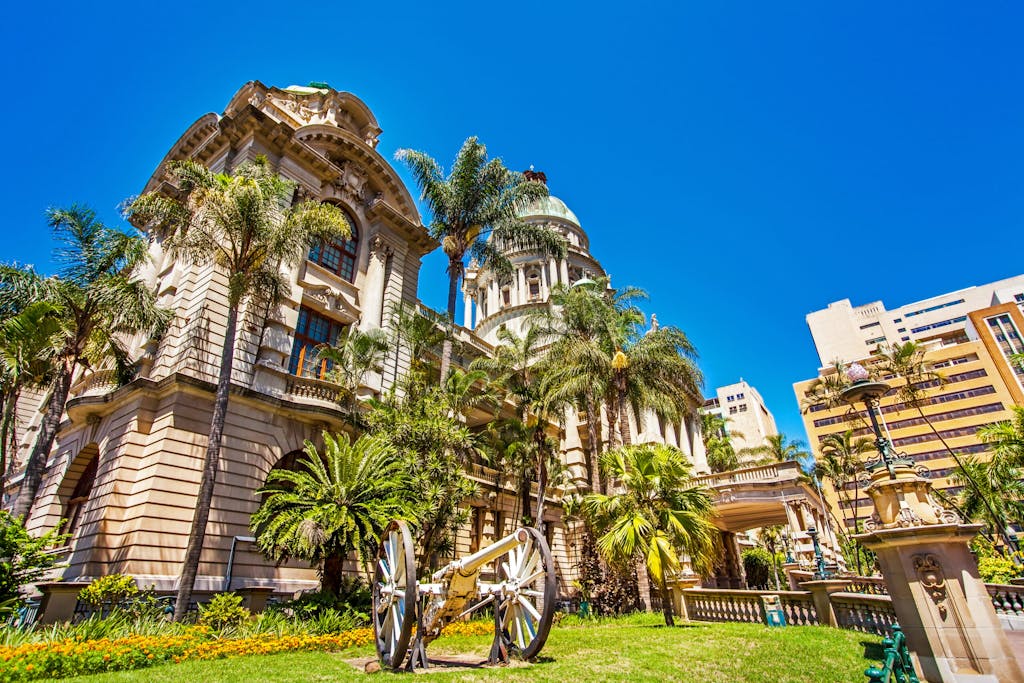
The grand colonial-era City Hall with its coppered dome, a replica of the Belfast City Hall in Northern Ireland, is home to the Durban Art Gallery: stained-glass windows, wrought-iron balustrades, marble pillars, classic arches and an impressive collection of South African and some international art. Across from the City Hall, Queen Victoria stands in a sculpture park quietly observing.
The Ricksha Bus departs near the beachfront, our city’s prize asset, a hang-out for surfers, surf-ski paddlers, stand-up paddlers, swimmers, strollers, sand artists, runners, rickshaw pullers, cyclists, sun-worshippers, seine-net fishermen and at the weekend, robed African priests who arrive early from rural areas to conduct services, which often involve candles, drums, offerings of fruit and sometimes chickens, and baptizing congregants in the waves.
And don’t forget the promenade we locals love. Easy to walk an hour each way without covering its length. Along the way you can hire a bike, sign up for a surfing lesson or stop at one of the cafés for a milkshake, a snack and to people-watch.
The city’s branding program is “The warmest place to be,” a reference to our steamy summers and for the most part, balmy winter days.
The cruise ship walkabout
Let’s suppose you arrive in Durban on a cruise ship. You will dock alongside the new parabolically shaped Nelson Mandela Cruise Terminal in the port with the highest vessel traffic in Africa. If you leave the terminal, turn left and walk for less than 10 minutes and you will find, between two decomposing buildings, one of the country’s best high-end jazz bars with its gallery and 9 a.m.- to 5 p.m. café.
Created by architect and collector of objets d’art Ndabo Langa “as part of the urban renewal initiative we decided to lead here at the Point,” The Chairman is his ever-evolving passion project. Check on Instagram for what’s happening. A recent weekend featured a gallery opening of hand-made Zulu instruments.
Then came the multi-piece activist jazz band, The Brother Moves On, which launched a recent album at the London and Berlin jazz festivals. That’s followed by a Vivaldi Baroque music gig featuring a visiting flute soloist from Canada.
Did you know we have a King? All but one of the KZN Philharmonic orchestra Baroque ensemble members had come straight from playing at the inauguration of our new king, Misuzulu ka Zwelithini, who studied for a time at Florida’s Jacksonville University.
A fifth of South Africa’s population is Zulu, the country’s largest ethnic group. Most live in the province of KwaZulu-Natal, or KZN, of which Durban (called Ethekwini in Zulu) is the largest city. We also have the biggest population of people of Indian descent, which is why Durbs is sometimes called the “largest Indian city outside India” and why we have mosques and temples, spices and curries.
To quote my friend, former U.S Consul General in Durban, Frances Chisholm, now retired from the diplomatic corps but returns here whenever she can, “I love the three-legged foundation of Durban’s community: the Zulus, the Indians, the whites, many with Anglo-Saxon roots.”
She mentions coffee shops, the beachfront. And “Ike’s (independent bookstore), sitting on that high veranda at sunset in anticipation of an interesting speaker, is golden, The book-loving community is doing Durban proud at the grassroots level as a UNESCO City of Literature, whose membership Chisholm advocated for.
Delicious, artistic Durban
Here are some of Durban “must-do” items.
Book a tour to visit Phansi Museum, a treasure-trove of traditional arts, crafts and artifacts, historic and contemporary. It’s where you come to learn about Zulu culture and traditions.
Shop, see what’s on and hang out with us locals at the KZNSA Gallery, the city’s leading independent contemporary gallery and community gathering space. The gallery shop is great for browsing and for gifts. The arts café has a small menu, delicious fare, and ideal for daytime al fresco dining.
As for food, “the bunny” as in “bunny chow” has become synonymous with Durban. It’s curry ladled into half- or a quarter-loaf of white bread after the inside has been scooped out. You eat with your hands from your bread “bowl” using the scooped out “inside” to mop the gravy.
For refined fine dining in the city, sustainably sourced fresh and local ingredients creatively prepared by Chef Theo Chiloane and his team, head for 9th Avenue Waterside. Watch the reflected moonlight dancing on the water as sailboats bob at their moorings. For a special dining experience on the outskirts of Durban, treat yourself to a meal at The LivingRoom, arguably South Africa’s best restaurant and top chef, Johannes Richter. Book ahead.
Are you game?
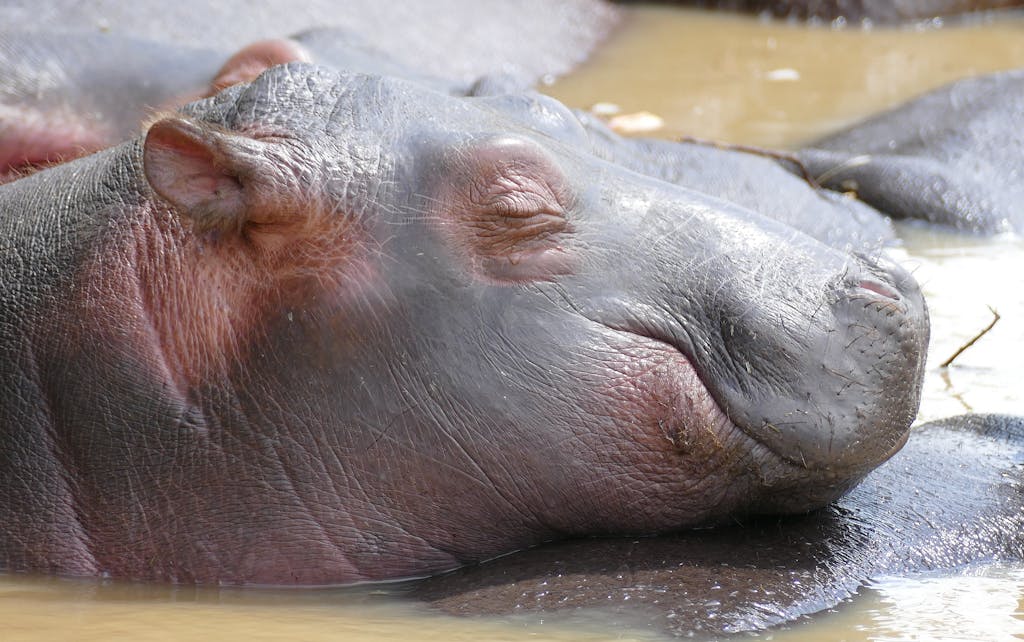
You might not know that KZN has several Big Five wildlife parks with Durban a springboard for game viewing. When I friend from Oakland visited recently, a four-hour drive north saw us urban glamping in the village of St Lucia, where hippos regularly roam the streets and serve as great big lumbering lawnmowers at night.
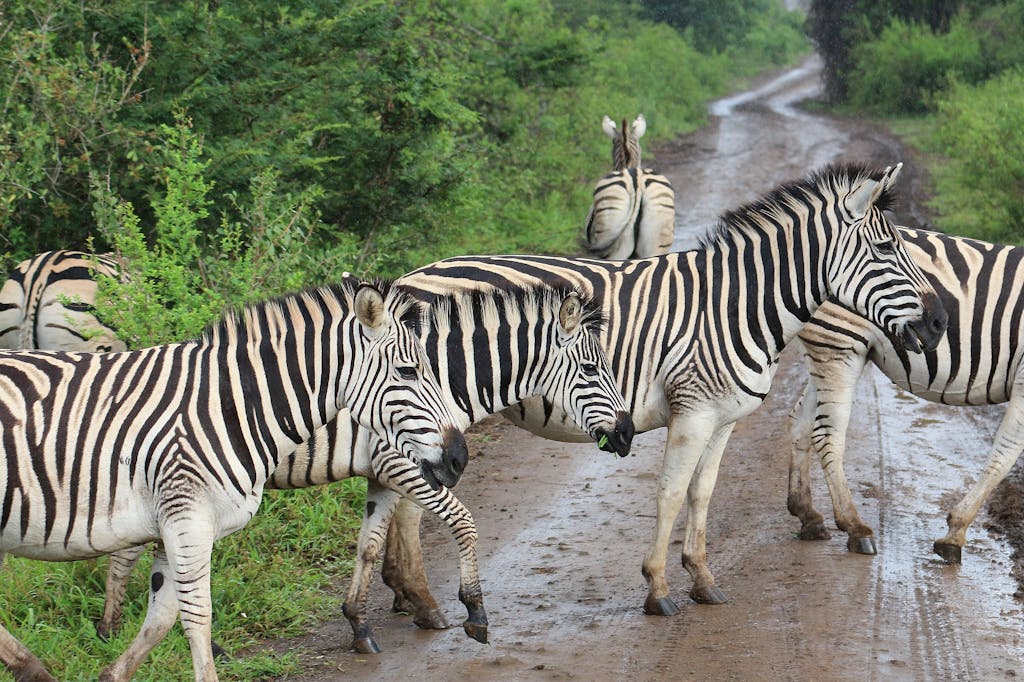
From there we went to Hluhluwe–iMfolozi Park, the oldest proclaimed wildlife preserve in Africa with the largest population of white rhinos in the world.
Drive about an hour inland from Durban to the Nelson Mandela Capture Site, where our great struggle hero was arrested. After visiting the museum, go explore the Midlands Meander. (Link to the site through and browse the options. Choose depending on your interests.)
Overseas visitors to South Africa often don’t look beyond Cape Town. In my view, because they don’t know better. But now you’ve read this, you do.
